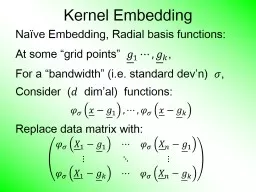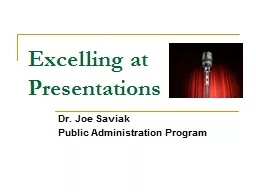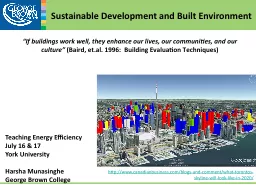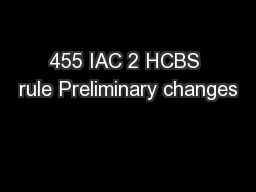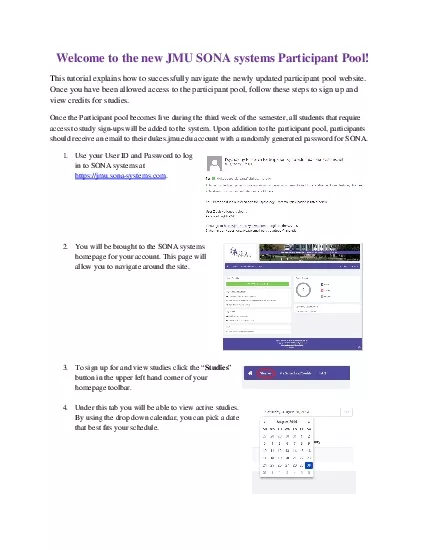PPT-Participant Presentations
Author : missroach | Published Date : 2020-06-23
Please Send Title Seoyoon Cho Sumit Kar Jose Sanchez Yue Pan David Bang Dhruv Patel Wei Gu Bohan Li Siqi Xiang Nicolas Wolczynski Mingyi
Presentation Embed Code
Download Presentation
Download Presentation The PPT/PDF document "Participant Presentations" is the property of its rightful owner. Permission is granted to download and print the materials on this website for personal, non-commercial use only, and to display it on your personal computer provided you do not modify the materials and that you retain all copyright notices contained in the materials. By downloading content from our website, you accept the terms of this agreement.
Participant Presentations: Transcript
Download Rules Of Document
"Participant Presentations"The content belongs to its owner. You may download and print it for personal use, without modification, and keep all copyright notices. By downloading, you agree to these terms.
Related Documents

